Minister Eamon Ryan has this week backed anaerobic digestion (AD) as a potential alternative income stream for Irish farmers.
“I could see a farm where half of the grass would go to feed an AD plant while the other half would feed a herd of cattle, the slurry from which would also feed the digester,” said Minister Ryan, when answering questions from the Oireachtas Committee on Climate Change on Tuesday.
He said that AD could offer a significant increase in income to the farmer, while reducing emissions and having a smaller number of cattle.
However he said that developers would have to be provided with a guaranteed price to make the economics of AD feasible. “I think it’s the sort of diversification measure in Irish agriculture that we need to do to make everything work,” he said.
Microgeneration
Minister Ryan also announced significant new developments to the microgeneration scheme. The scheme is now expected to be launched in early January and will be delivered in three phases.
He said that in the first phase, homeowners, farms and businesses will have the ability to export unwanted electricity back to the grid and sell it at the wholesale market rate.
The second phase will see funding made available for communities, farms and businesses to invest in larger-scale microgeneration projects and receive a steady price to make it economically feasible.
“Particularly for a farming community, the second phase of this is going to be critical,” he said.
The third phase will allow projects of up to one megawatt (MW) in output to be developed. Little is known about this phase but he did say it will take longer to introduce.
Some 500MW of new renewable electricity produced from microgeneration is expected to come on to the grid by 2030 in Ireland. This will complement the additional 9,500MW on new generation expected over the coming decade, largely from on- and off-shore wind, solar and gas generation.




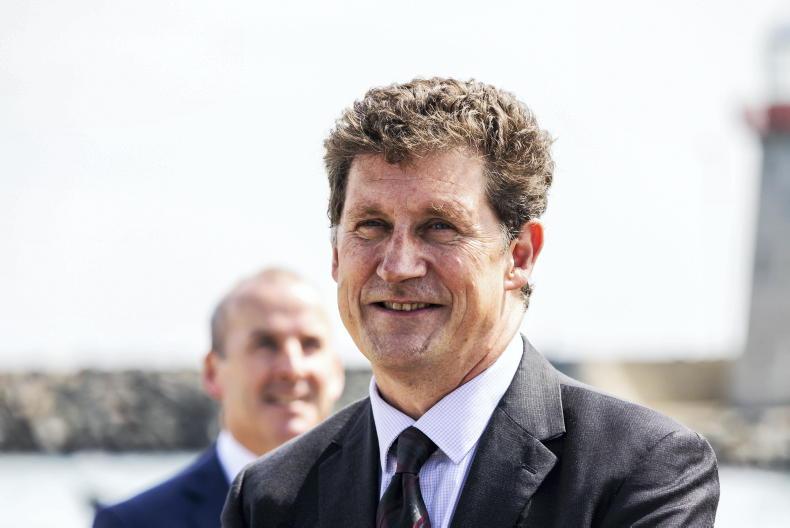
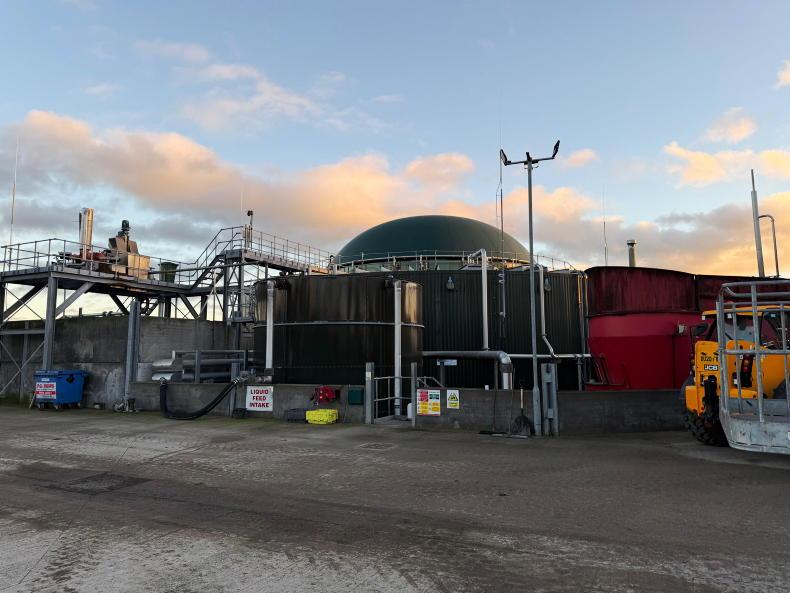

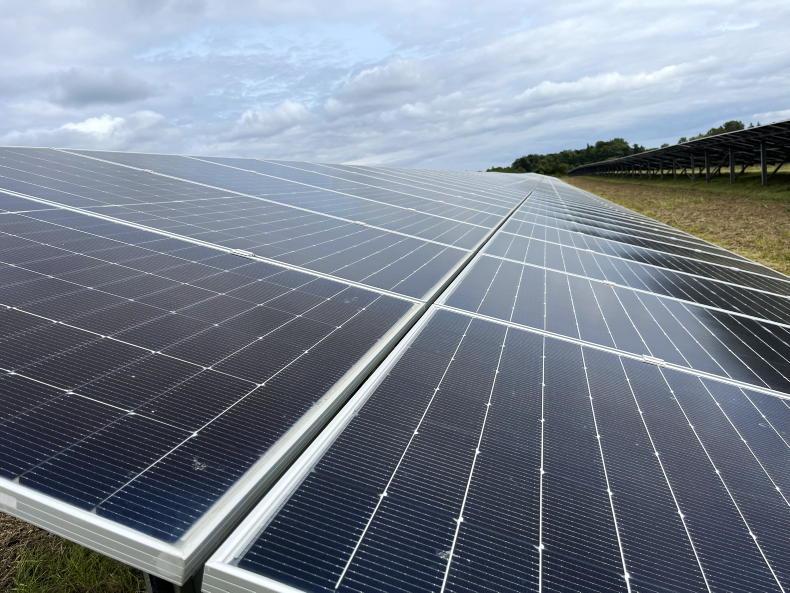
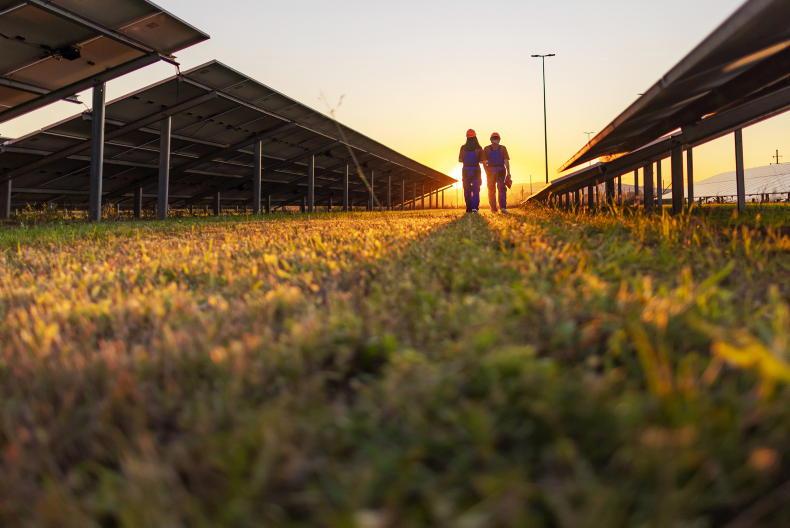
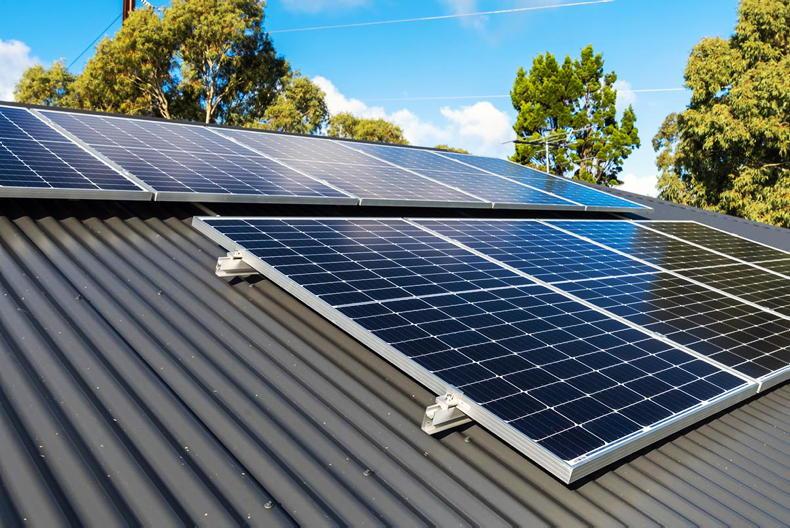
SHARING OPTIONS